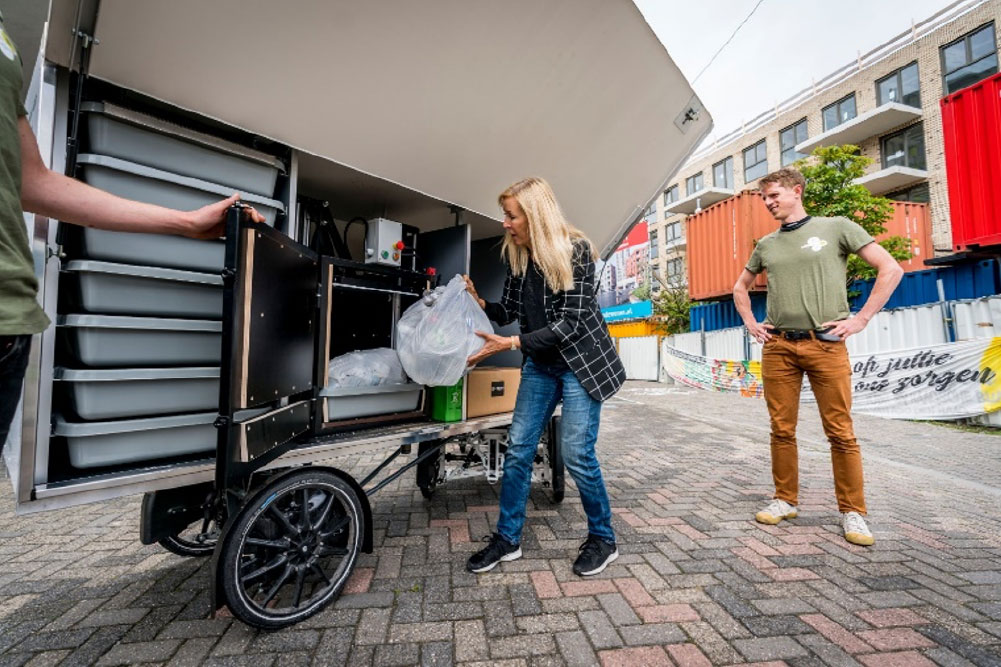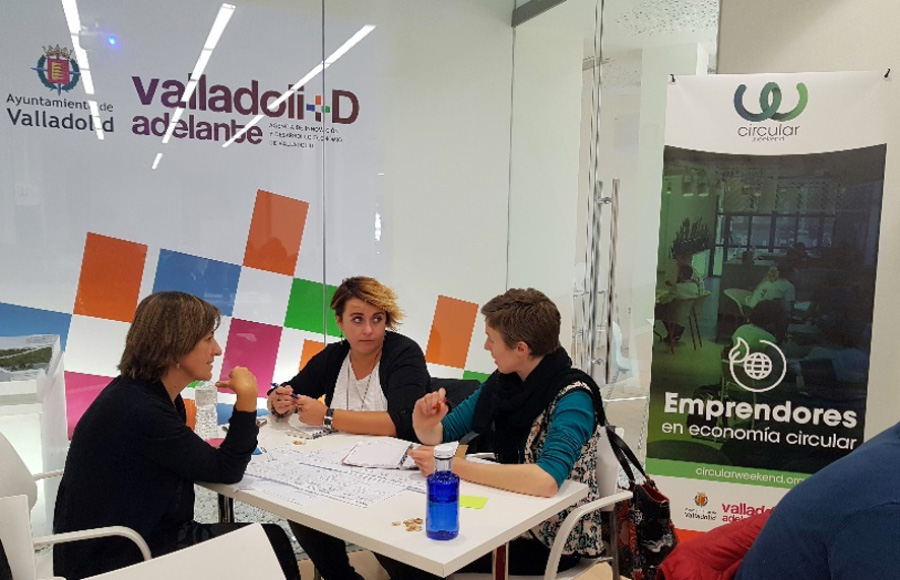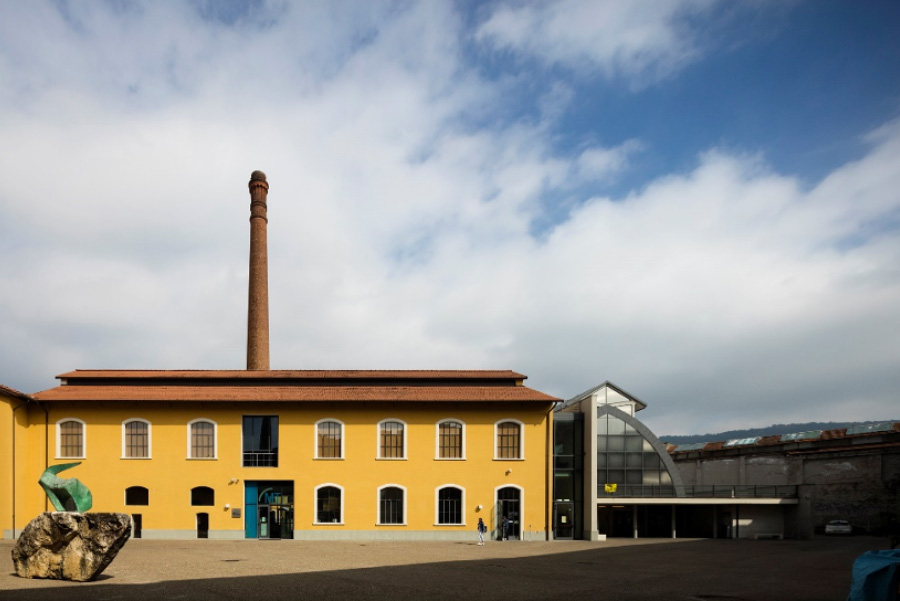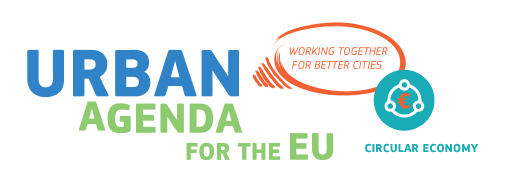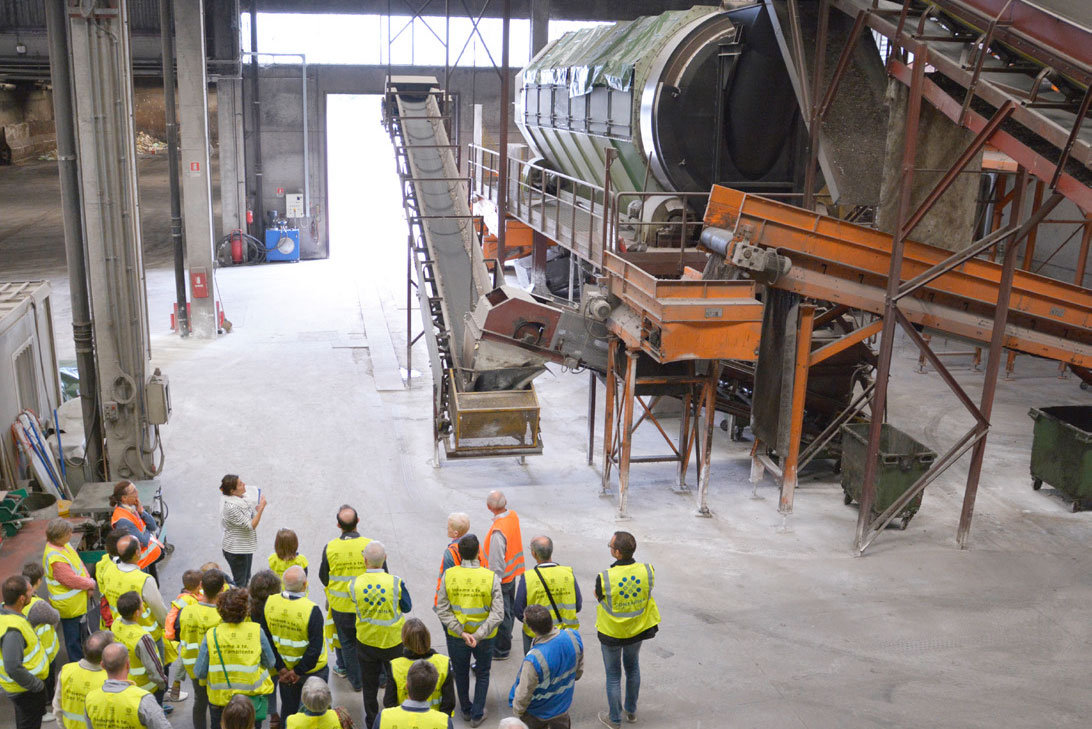
The European city with the lowest amount of residual waste per capita is Treviso. This Italian city produces only 59 kg of residual waste per capita annually, which is very low compared to the European average of 285 kg per inhabitant. The organisation responsible for waste management in Treviso is Contarina SpA ![]() . The company is publicly-owned by the Consignlio di Bacino Priua, which, represents 49 municipalities.
. The company is publicly-owned by the Consignlio di Bacino Priua, which, represents 49 municipalities.
Contarina SpA has been successful in implementing a very effective separate collection system in Treviso. Their ambitions go beyond good collection and the company is actively involved in innovative circular projects to valorise different waste fractions.
The economic value of good waste and material management
Good separate waste collection depends on participation from citizens. Contarina combines intensive curb side collection with a pay-as-you-throw system (PAYT). The system provides convenience to the citizens as well as incentives to reduce waste generation (e.g. by home composting) and to source separation. Transitioning towards a circular economy, however, also requires a change in mind-set. Contarina emphasises the importance of educating all actors involved in the waste system. Education makes people aware of the tools that are available to citizens and municipalities for an efficient circular management of waste and materials.
To keep the waste management system affordable, Contarina emphasises that it is necessary to analyse whether all waste fractions are optimally used and valorised. Non-recyclable materials are destined to be incinerated, which in a circular economy leads to loss of materials at comparably high costs. The increasing separation of recyclable materials, on the other hand, creates revenue streams that can lower the costs for both cities and citizens. With most of the waste and material streams already optimised to current recycling technologies, Contarina invests in R&D projects to find new techniques and approaches to reduce the amount of residual waste. A good example of Contarina’s approach is the development of an Absorbent Hygiene Products (AHPs) recycling system.
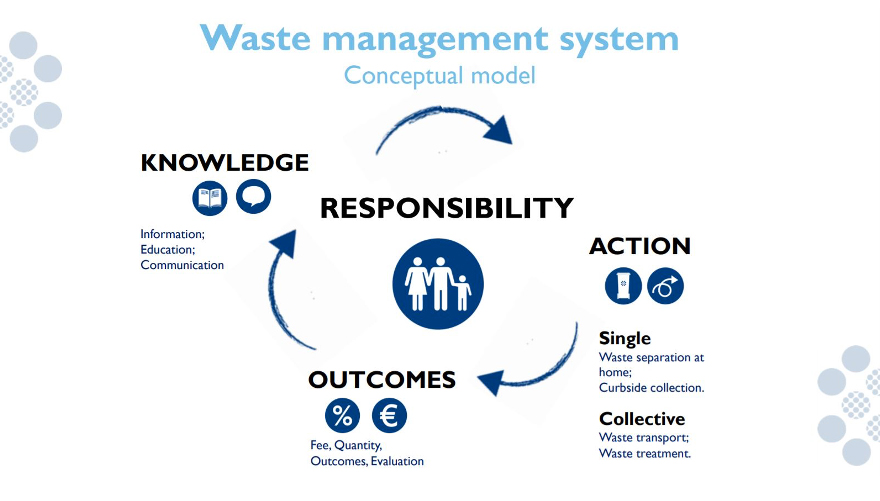
Recycling nappies
Absorbent Hygiene Products (AHPs) – commonly known as ‘nappies’ – are currently considered a non-recyclable waste fraction. Sorting analyses show that 2-4% of European municipal solid waste consist of this fraction. Removing and recycling this waste would be a major step towards a more circular material management. AHPs, however, are complex products consisting of plastics, fluff pulp, and superabsorbent polymer.
Tackling this recycling challenge required cross-sectoral research. Contarina joined a consortium of companies and researchers to develop and implement a new AHP recycling approach. Led by the Italian company Fater, which has patented an innovative solution. The consortium is currently up-scaling towards a first-of-its-kind demonstration plant of an integrated bio-refinery. The bio-refinery is valorising the cellulosic fraction of post-consumer AHP waste towards the production of bio-based building blocks, polymers and fertilizers.
The development of the recycling solution shows the importance of partnerships, but also the importance of public funding for innovative circular solutions. The consortium has successfully applied for funding to develop and take their innovation closer to market introduction. This started with early phase development ![]() funded via Europe’s Eco-innovation instrument
funded via Europe’s Eco-innovation instrument ![]() , followed by a pilot project
, followed by a pilot project ![]() funded via the LIFE instrument. These successful applications of the consortium resulted in the current demonstration project
funded via the LIFE instrument. These successful applications of the consortium resulted in the current demonstration project ![]() funded by the Bio-Based Industries Joint Undertaking
funded by the Bio-Based Industries Joint Undertaking ![]() .
.
Lessons learnt
Contarina is developing its waste and material management system for a more circular economy. They have been successful in implementing change as well as in obtaining funding to tackle R&D challenges. Some general lessons from Contarina that could be useful for other urban actors:
- It is important to understand the costs of linear waste management and to find ways to turn waste fractions into materials with revenue potential. Circular R&D projects are necessary to reduce the number of fractions that are now considered ‘non-recyclable’ waste.
- Closing-the-loop requires partnerships being created throughout the value-chain. Although collaboration can be difficult, especially in the private sector, it might be also very helpful in securing funding for new projects.
- Circular projects can be large and complex. It can be helpful to divide the full project into separate building blocks and identify funding sources for each building block separately.
- Applying for funding can be time-consuming and complicated. Consultation with the fund providers and external experts can be a good way to reduce the internal workload and increase chances of success.
Contarina believes that the circular economy is not only about the local, but also about the global remits. Contarina has already started projects in Africa and will soon start projects in Central America to support local stakeholders to close the loop of recyclable materials. In addition, the projects expand and improve separate collection of organic waste that can be digested into biogas to produce electricity for the grids.
